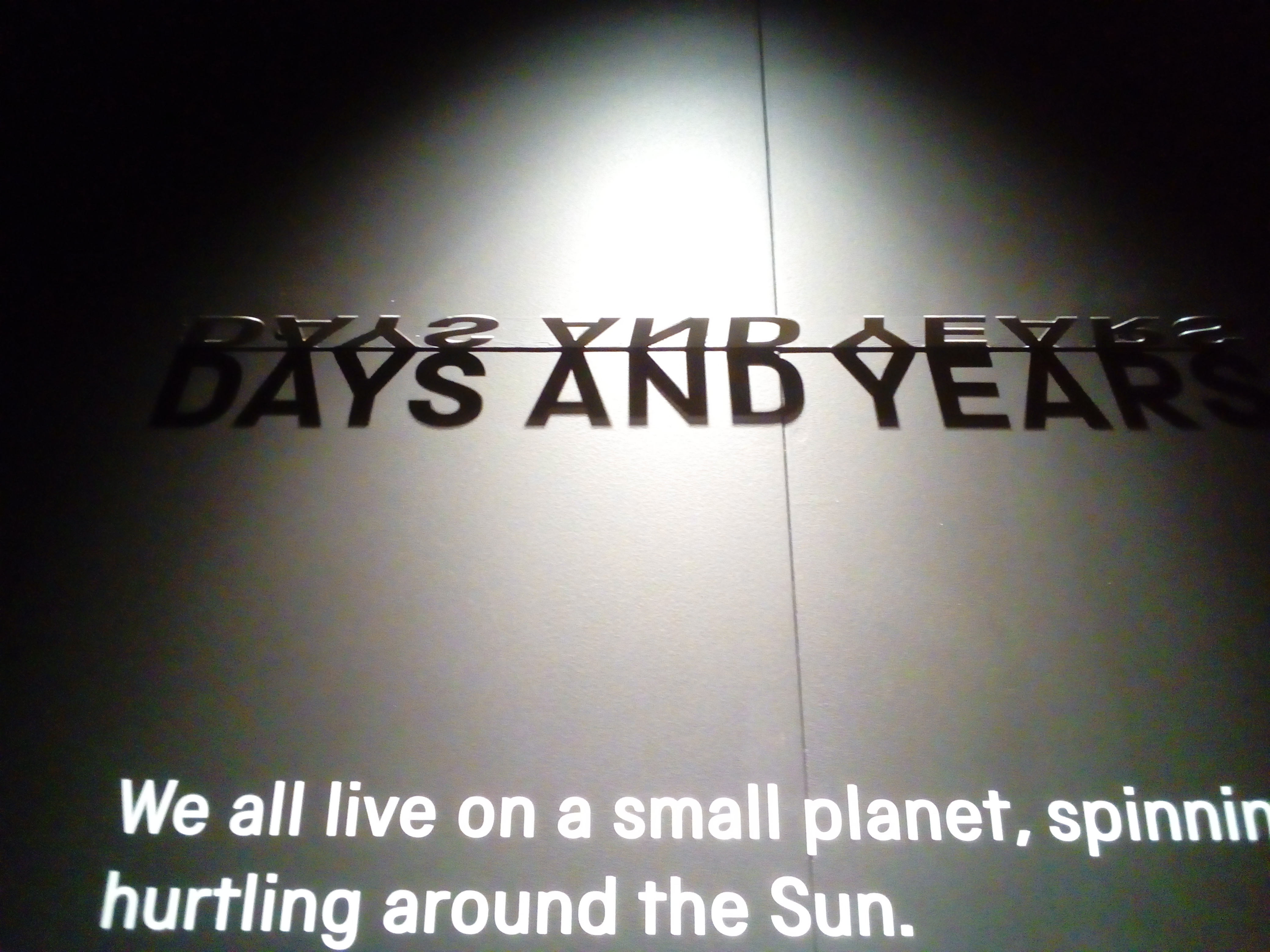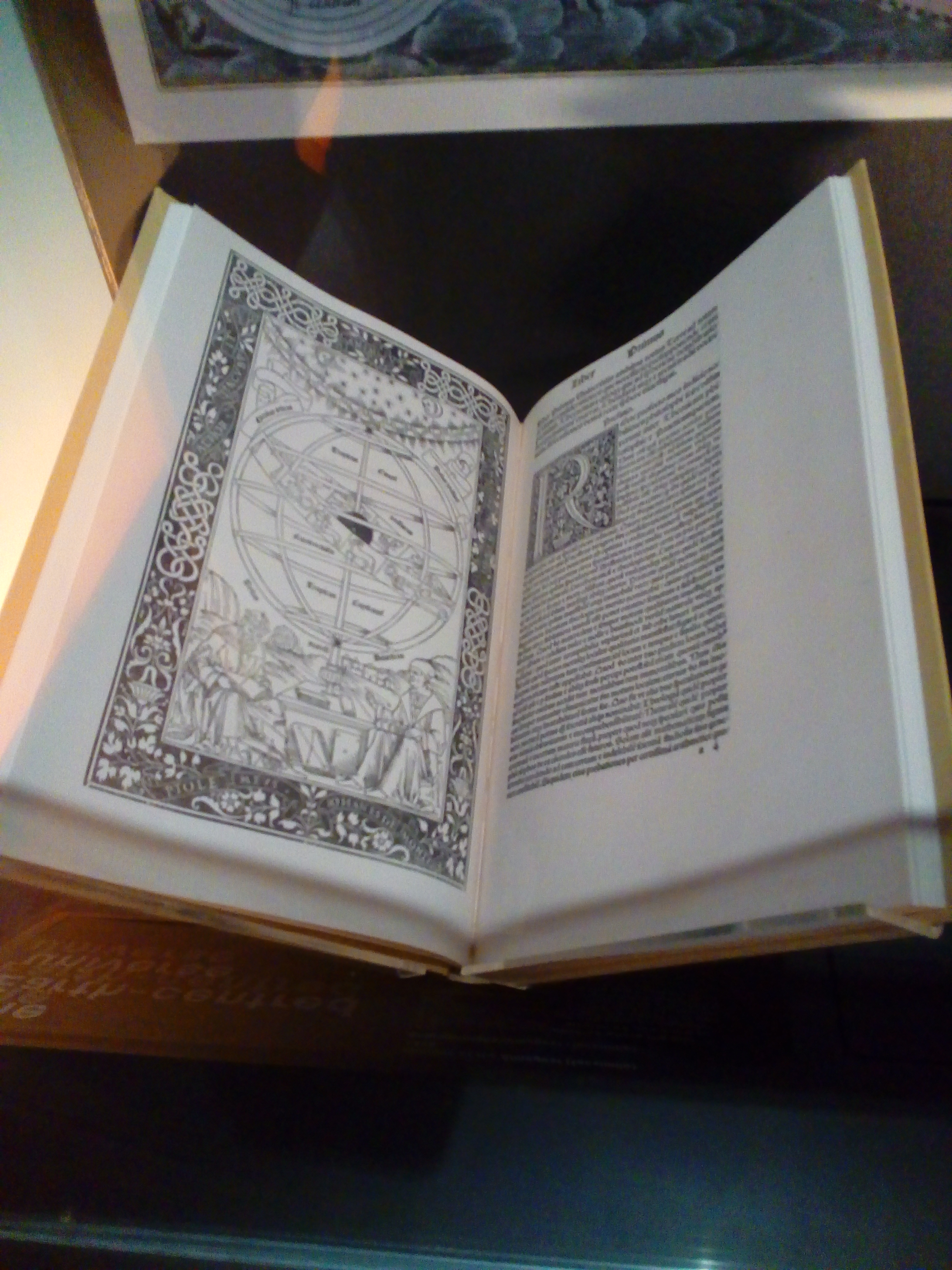I recently got the privilege at work to visit our new exhibition all about the Sun. I really enjoyed my time wandering around, getting absorbed in all the sections, history, beliefs and understanding of the Sun.

The exhibit is split into 4 sections that you walk round. Firstly you start with how humans have worshipped and interacted with the Sun throughout history. Next, you follow round to the health section, detailing the good and bad health effects of the Sun, again looking at the history of medicine and the Sun. Third, you wander round into how we use the Sun as a power source, so thinking along the lines of solar power and recreating the internal process of the Sun on the Earth. The last section is all about observing the Sun throughout history. My favourite sections are the first and the last sections and today I shall be demonstrating the first section; how humans have interacted and worshipped the Sun throughout history.

The Sun is fairly obvious. I’m fairly sure most people might be able to spot the big glowing orb in the sky that gives us light during the day. But it has only been fairly recently that we understand it to be a star or that it is constantly fusing elements together. Before this revelation, humans didn’t understand what the Sun was. Many ancient peoples thought the Sun was a light source being pulled through the sky by a God. Many civilisations often attributed this God to be the most important. For example, the Ancient Egyptians celebrated Ra, the Sun God, who ruled over the sky, Earth and Underworld. Considering the impact the Sun has on us, it’s no wonder we worshipped it and made it important. We know that the Sun gives us light and heat, but it is also needed for plants to grow and animals to grow too. It is such an integral part of our lives, that many people still worship the Sun, albeit in slightly different ways these days.
To Earth, it seems like we stay still and the Sun moves around us. That was the viewpoint for many people for a long time. In fact, it wasn’t until Copernicus around 1543 that this belief started to change. The earlier belief, called the Geocentric Model, places the Earth at the centre of the Solar System, and in fact the centre of the Universe, with all the other heavenly bodies moving around us. This fit in with the Church and their beliefs that Earth was special. There was no such thing as aliens, so as far as we could tell, Earth was the only place that God had decided to place life and so why shouldn’t everything else move around us. People had thought that maybe this was wrong since the early 3rd Century, but this had mainly been ignored. However, when Copernicus published his De revolutionibus orbium coelestium (“On the revolution of heavenly spheres”), scientists started to think that maybe the Sun was at the centre of our Solar System and the other planets, including ours, moved around it instead. This fit in with observations as well. Nowadays, it is common belief that the Sun is at the centre of the Solar System and everything else orbits around it.


One of the other things the Sun gives us is time. Measuring time is a very human concept and all comes from following the Sun and splitting the days into different segments meant for different tasks. These days we have split our time into 12 months in a year, 30 or 31 days in a month (or 28 for February), 24 hours in a day, 60 minutes in an hour and 60 seconds in a minute. But before we had clocks to count every single second, people would look at the position of the Sun and determine what they should be doing. Years followed a pattern of weather and ‘seasons’ that people could follow. Eventually, we started to measure time properly. They started simply with sundials, using sticks and shadows to dissect days into different hours. These timepieces gradually became more and more complex until we get the clocks that we are used to today. Some extravagant clocks also have an orrery (a model of the Solar System) on the top of them to give meaning to the splitting up of time, as shown below.

There are so many things to see in this exhibit and plenty of things to do as well! In this section, you can test your sundial reading skills whilst also learning about the different types and uses of sundials. This was only the first section too! There are even more objects and information in this area that I haven’t touched on here. The exhibit is definitely worth a look if you are in Manchester anytime over the next few months. Hopefully I can give a brief look and overview of some of the other sections for you soon too. But I won’t tell you everything because that would take the fun away from visiting! Here’s a link to the exhibition on the museum website. Have a look and consider a visit over the holidays.
As ever, I hope you have enjoyed reading my ramblings on something I’m very excited about at my own place of work. Please feel free to leave a comment on anything from comments to this post to questions about work or questions about space!

Hey Hazel. Well done for starting this, it makes a huge subject accessible! Ben x
LikeLiked by 1 person